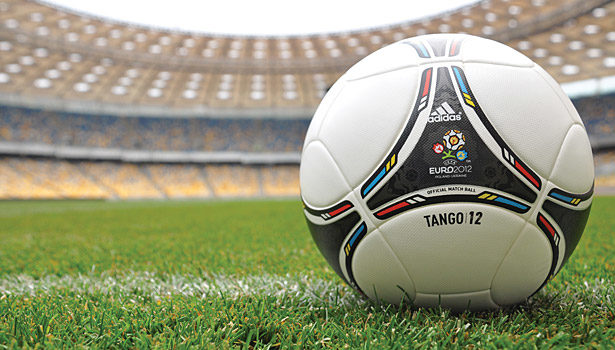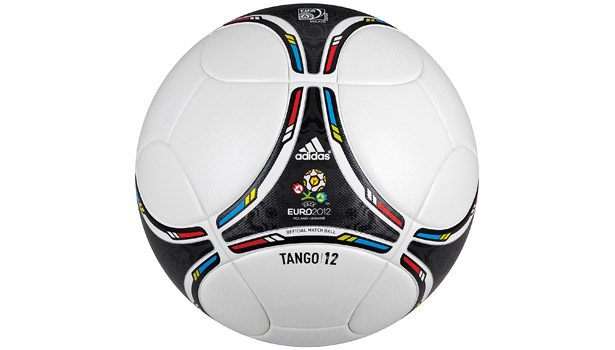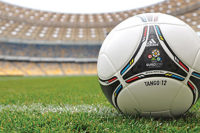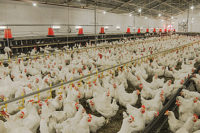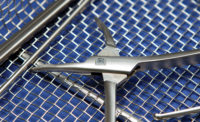Players on the 16 contending teams in the Union des Associations Europénnes de Football (UEFA) 2012 European Soccer Championship (EURO 2012™) worked hard to be in top-notch shape for the tournament—and they were not the only ones. Bayer MaterialScience and adidas again joined forces to develop this year’s official soccer ball, also known as the Tango 12.
STRUCTURE AND SHAPE
Tango 12’s high-tech design has fewer seams on the outermost layer, which gives the players a rounder, smoother surface for greater control. The outer shell panels are developed from a denim-like texture that provides a better grip for players and helps the ball to achieve optimal flight. These panels are attached with a patented thermoactivated adhesive that is virtually waterproof and prevents the ball from becoming heavier in wet weather.
“Even in heavy rain, its weight increases by no more than 0.1%, which means that the players are able to control it better,” says Thomas Michaelis, project manager for ball development at Bayer MaterialScience. The company derived the thermoactivated adhesive formulation from a waterborne polyurethane dispersion in the Dispercoll® U product line.
Tango 12’s outer shell also contains several additional polyurethane layers that were inspired by raw materials in Bayer MaterialScience’s Impranil® line. The middle layer is actually a foam made up of gas-filled microcells that improve the ball’s ability to recover its original shape after being kicked. A final adhesion coating connects the textile substrate to the other layers at the innermost part of the shell.
DESIGN
The world was introduced to the first Tango at the 1978 World Championship in Argentina. Since then, several Tango iterations have shown up at Fédération Internationale de Football Association (FIFA) World Cups and UEFA EURO tournaments. Although the design for the Tango 12 changes when it is used for Major League Soccer in the U.S., the Champions League, the German Bundesliga or the Primera División in Argentina, its essential structure and properties stay the same.
Despite the technological advancements in its structure, the Tango 12 remains fairly traditional in its design. The conventional black and white pattern has been slightly updated for EURO 2012 with bright color accents for the flags of the tournament’s host nations (Poland and Ukraine). Additional graphics highlight soccer’s fundamental characteristics—unity, passion, and a fighting spirit—and the traditional art of paper cutting, which is common in both host nations. The ball also boasts the popular matte surface (vs. an out-moded glossy one).
TESTING
“No adidas ball had ever undergone such an intensive test phase as the Tango 12,” says Harald Körger, who is responsible for ball testing at adidas. The ball had a two-year development phase, during which both amateur and professional players practiced with the ball to determine its quality. Laboratory tests were also performed to confirm the ball’s improved structure and flight properties.
“I really like the new structure because it provides good grip,” says Johan Elmander, a striker on the Swedish national team. “The ball’s weight is also optimal, making it easy to control.”
For more information about Bayer MaterialScience’s coatings and adhesives, call (412) 777-3983 or visit www.bmsnafta.com. Additional details regarding EURO 2012 are available at www.uefa.com.
